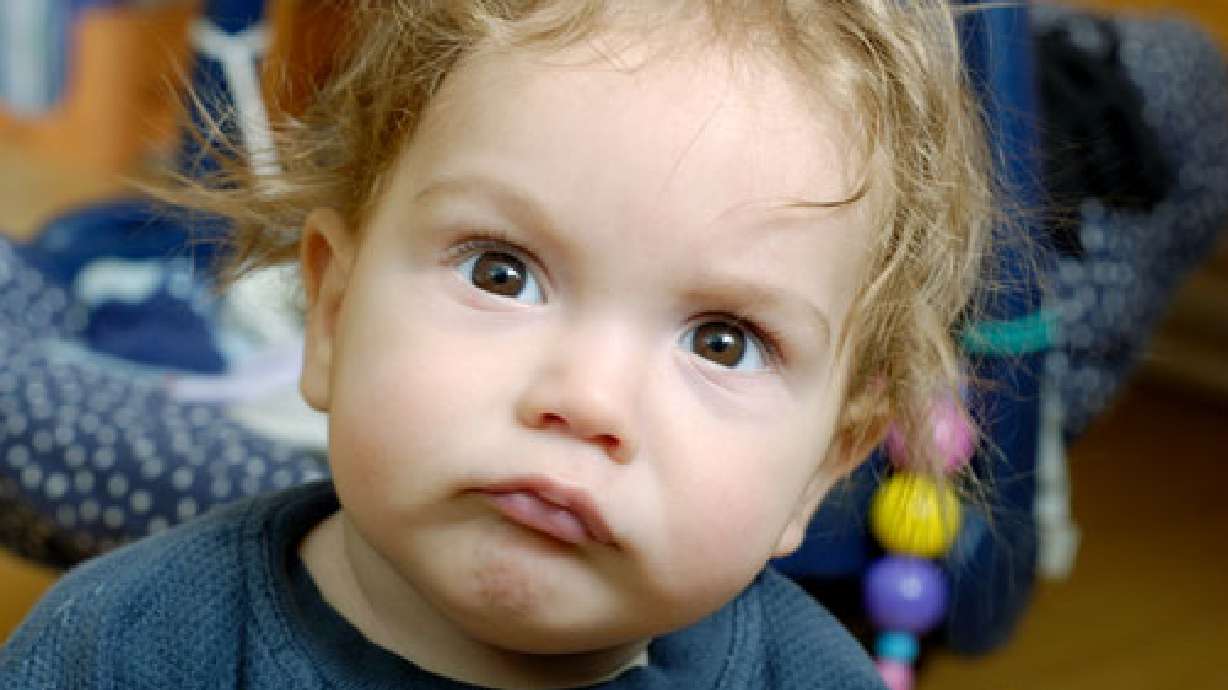Estimated read time: 2-3 minutes
This archived news story is available only for your personal, non-commercial use. Information in the story may be outdated or superseded by additional information. Reading or replaying the story in its archived form does not constitute a republication of the story.
SALT LAKE CITY — More and more of Utah's children are being born into poverty.
Utah's overall poverty rate now sits at 13.5 percent, but the 2011 rate for children is much higher, at 16.3 percent, up from 2010.
That amounts to 141,000 children living in poverty within the state.
That has child advocates like Terry Haven worried. Poverty is a good predictor of many - sometime lifelong - problems and difficulties.
"All the available research tells us that persistent poverty among children leads to bad outcomes," said Haven, who is deputy director of the non-profit organization Voices for Utah Children.
"Poor children are more likely to be ill, to be hospitalized, to be at risk of hunger, to suffer developmental delays, to fall behind in school, and to earn less as adults."
Some areas in Utah are particularly bad. Seven counties were at levels higher than 20 percent, including Grand, Iron, Millard, Sanpete, Sevier, Washington and Wayne. Piute's rate is particularly high at 36.7 percent for kids under 18.
The data was released in December from the U.S. Census Bureau's Small Area Income & Poverty Estimates, and includes data for the nation, states, counties and school districts, providing a very fine-grained view of who and where poverty exists.
- The U.S. census uses 48 poverty thresholds depending on size and composition of the family in question, as well as several other factors.
- By way of example, a single person under 65 is in poverty if they make less than $11,702. But a family of three where all the children are related would be in poverty if it made less than $18,106.
Though the statewide numbers are lower than the national average of 22.5 percent, that doesn't mean the problem can be dismissed.
Haven stressed that while the rate of children in poverty increased only slightly from 2010, the absolute number of children in poverty continues to go up because Utah's population is increasing. That means that even if the rate stays the same, the problem is still getting worse and more resources must be devoted to helping a poor children.
"We're seeing a huge increase in the number of children in poverty over the last couple years," Haven said.
Haven said that one of Voice of Utah Children's goals for the next legislative session is to make sure that "low income, at risk children have access to high quality preschool programs."
"We know that if they don't have those kinds of opportunities, children tend to get to about third grade and they're falling behind their peers and it just follows them through rest of their schooling."
She also called for strengthening proven programs like Medicaid and CHIP, and making sure that every eligible child is benefiting from having good health insurance, even if their parents' income is below the poverty line.
Rural counties like Piute and San Juan that have especially high rates - over 30 percent, often have less access to the same services that could with comparative ease in urban centers like Salt Lake County.








